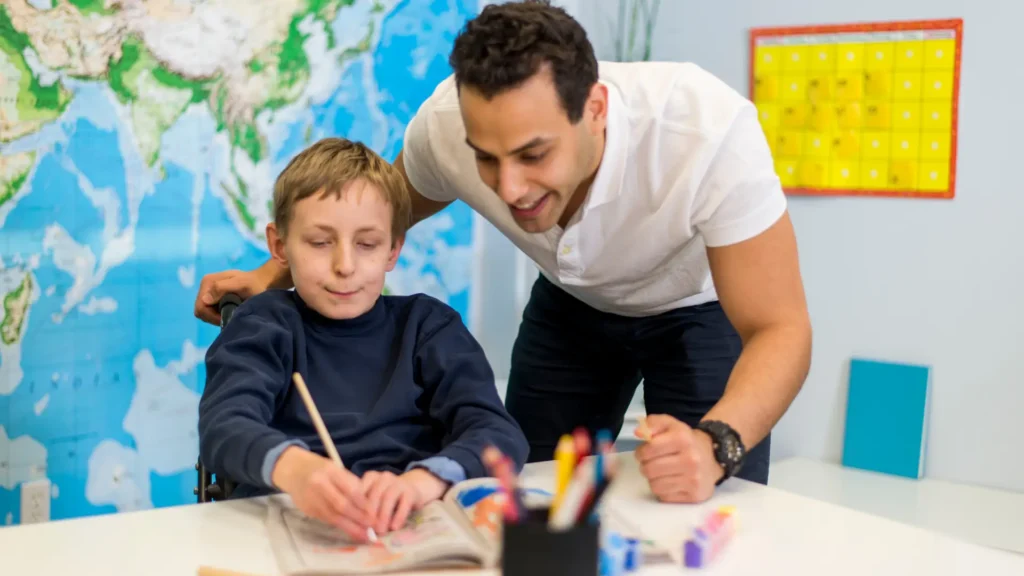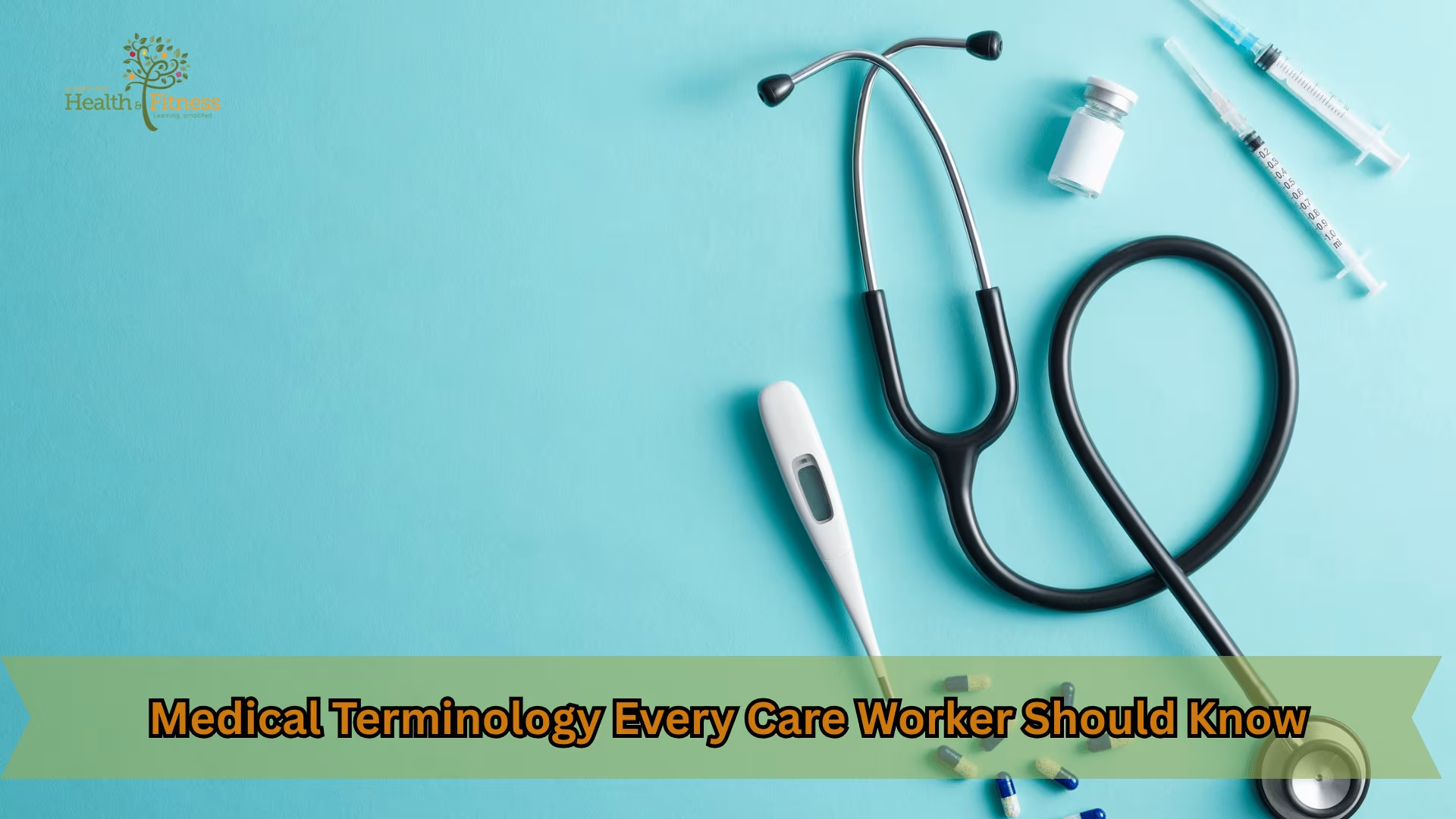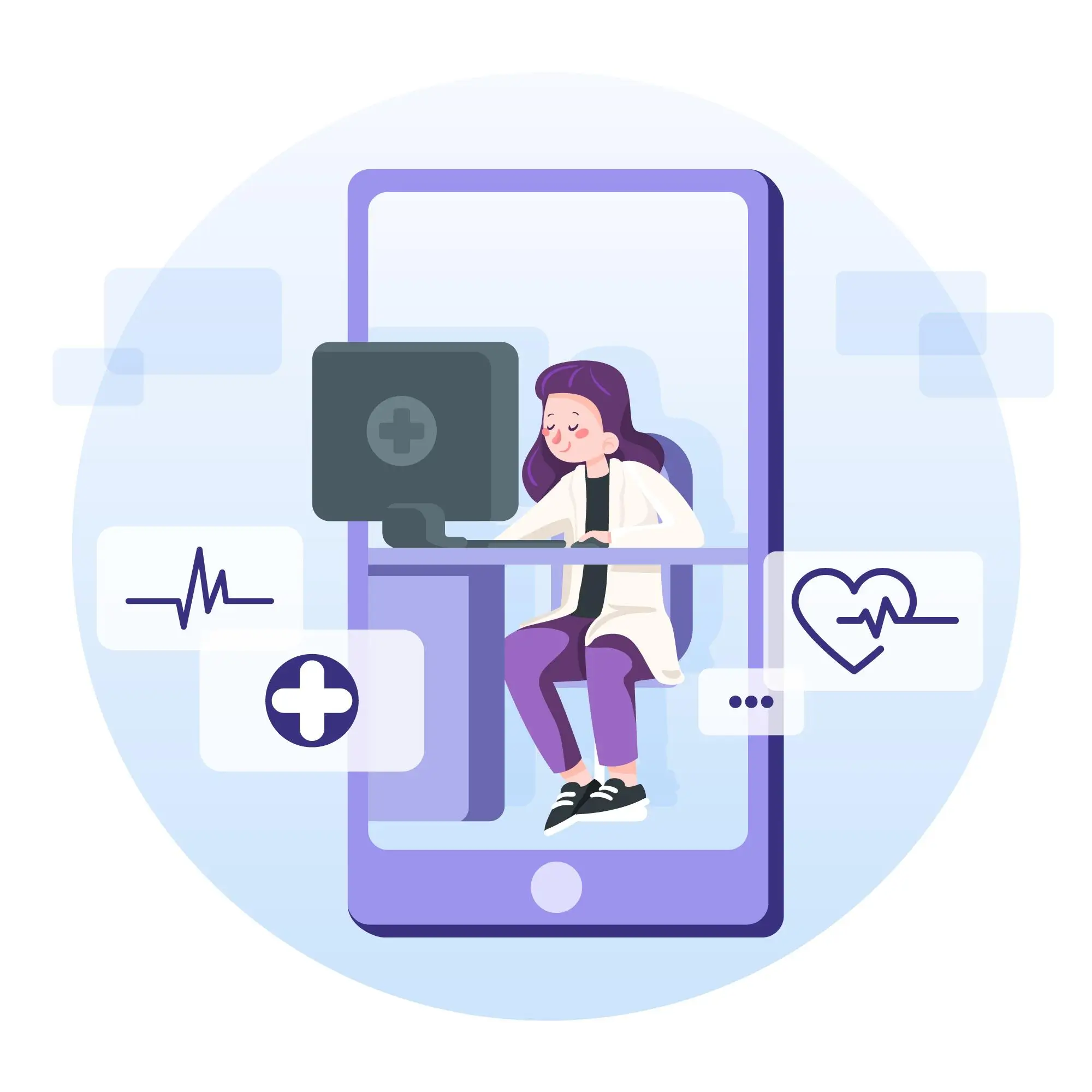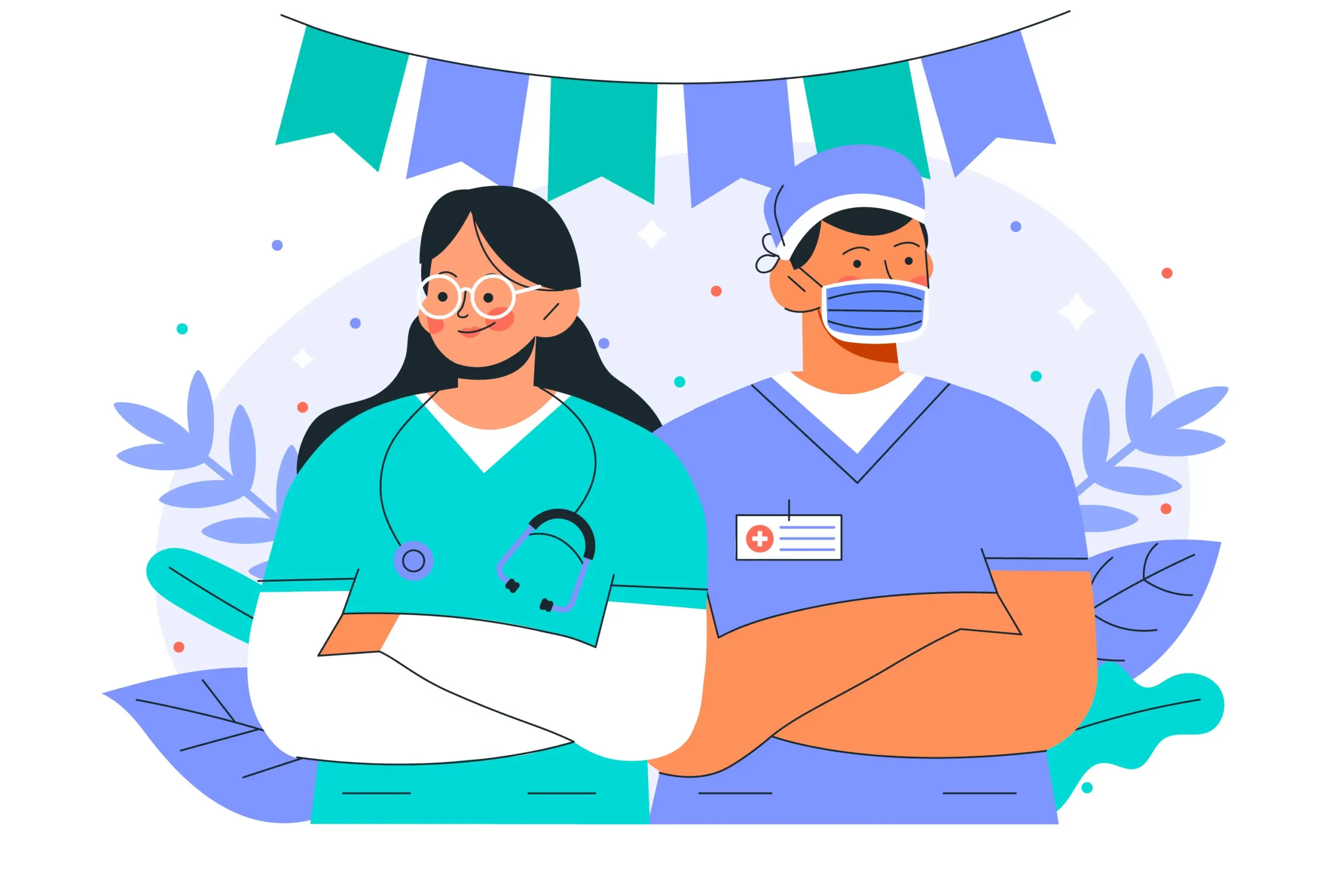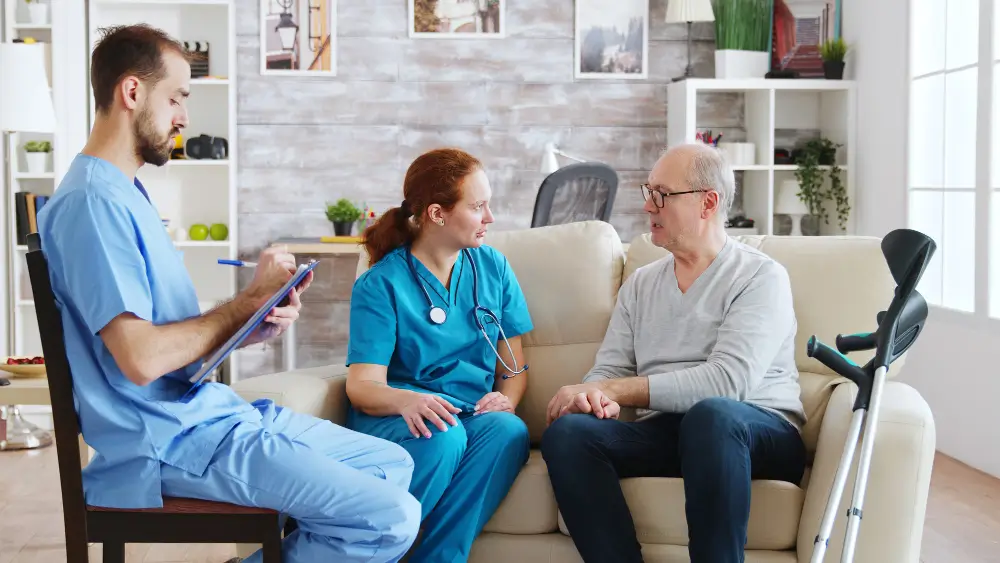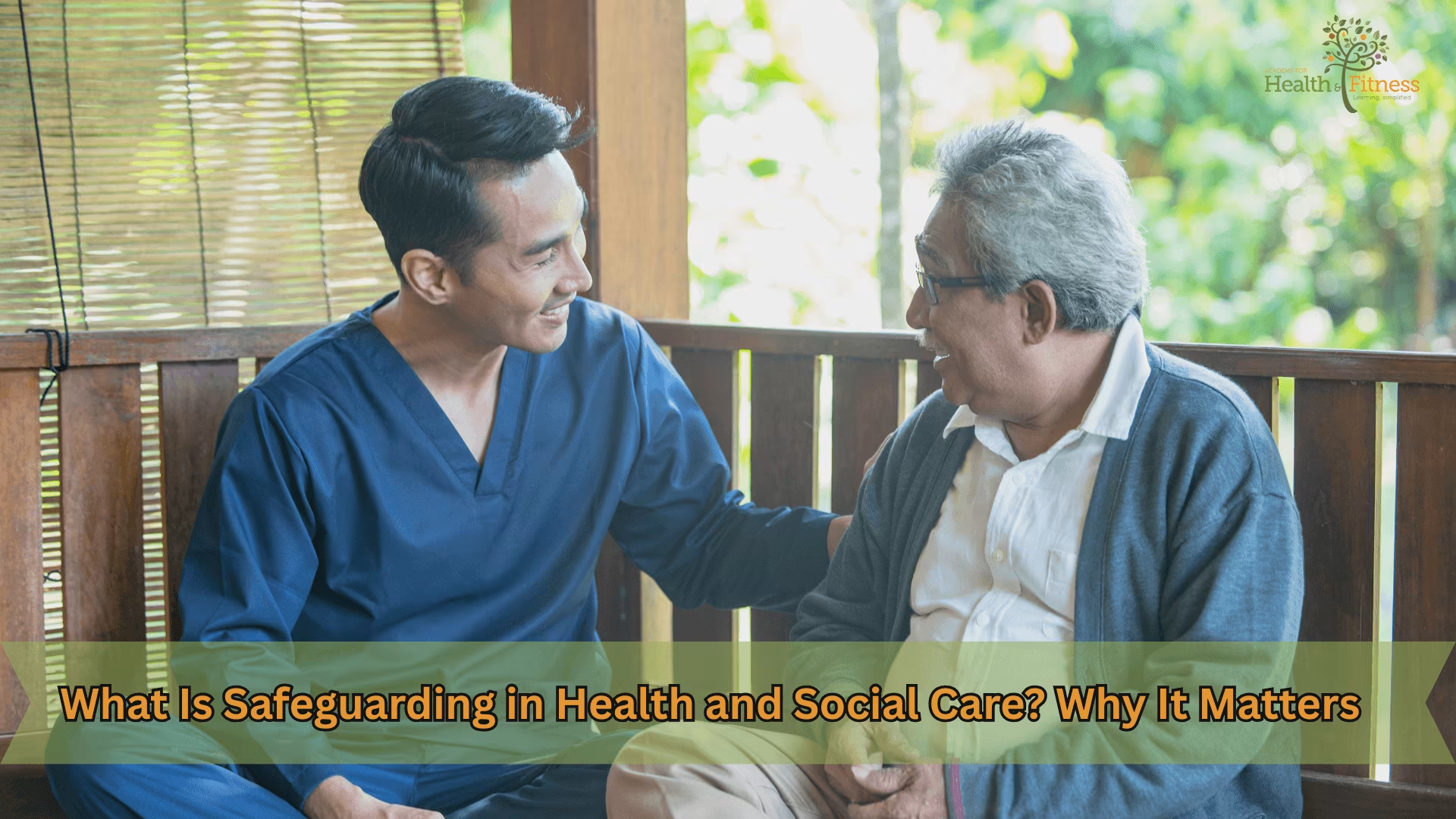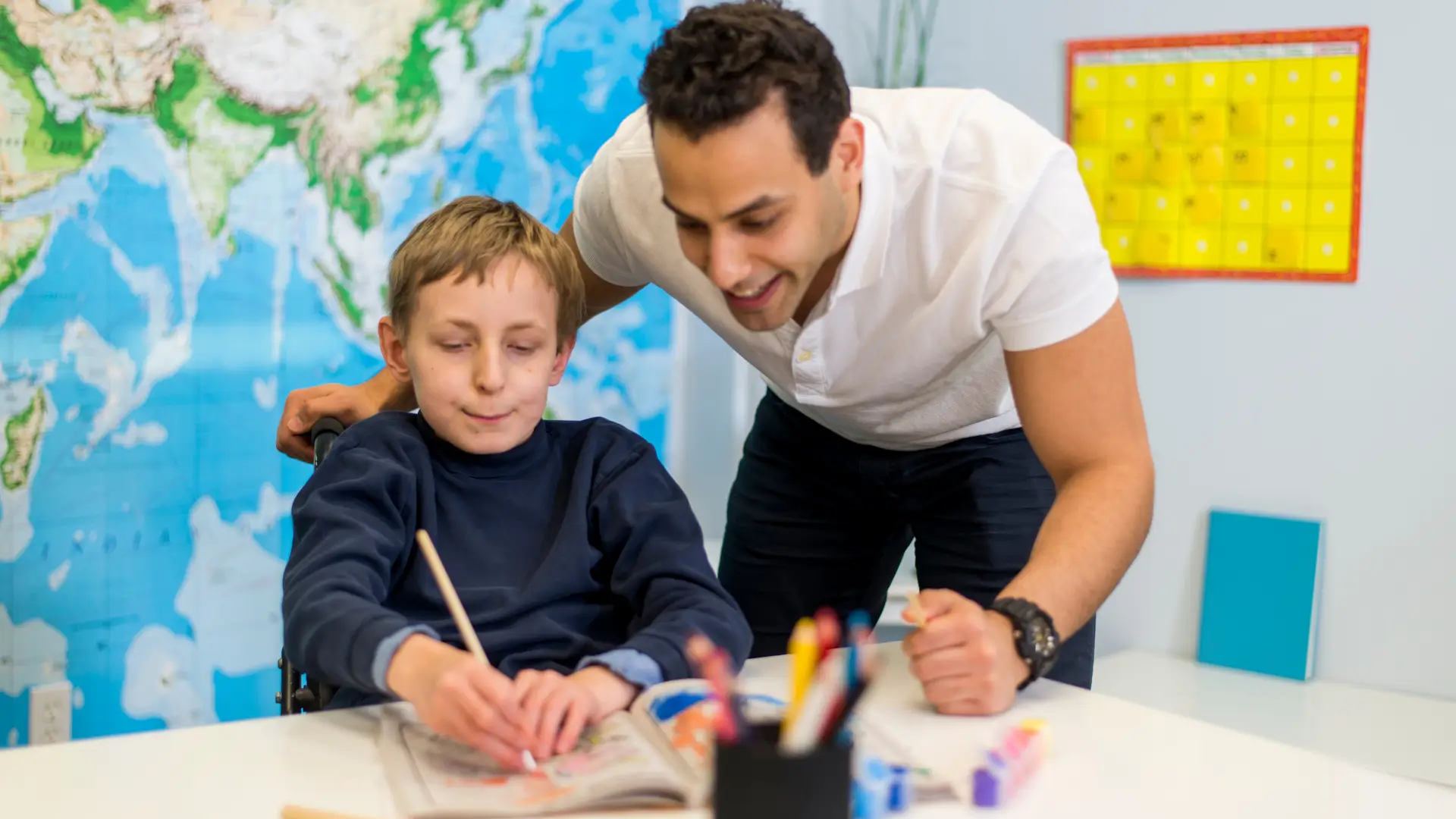Imagine sitting in a busy clinic, feeling overwhelmed, unable to find the right words and worst of all, no one seems to notice. For many patients with learning disabilities, this is daily life. Almost 1.5 million people in the UK have a learning disability, but communication challenges in healthcare still cause confusion, according to NHS England.
To communicate well with patients with learning disabilities, use simple language, speak clearly and slowly, use visuals, listen patiently, give extra time for responses, and check understanding without making the patient feel rushed.
In this blog, you will:
Understand the difference between learning disabilities and learning difficulties.
Learn key communication strategies for engaging with patients with learning disabilities.
Explore specific techniques like using simple language, visual aids, and being patient.
Discover how communication methods differ for patients with severe learning disabilities or other conditions like dyspraxia and ADHD.
What Is a Learning Disability?
A learning disability affects how a person understands information, learns new skills, and communicates. Unlike a learning difficulty, which only affects specific areas of learning, a learning disability impacts broader abilities.
Types of Learning Disabilities:
- Mild Learning Disability: People can handle everyday tasks on their own but may need help with more complex tasks, like reading and understanding information.
- Moderate Learning Disability: Individuals often need regular support with daily activities like communication and money management.
- Severe Learning Disability: Communication may rely on gestures, facial expressions, or assistive devices. These individuals often need continuous care.
Learning Difficulty vs Learning Disability
Understanding the difference between learning disabilities vs learning difficulties is important when providing support.
Learning Disabilities | Learning Difficulties |
Affects overall intellectual ability and daily skills. | Affects specific areas like reading or coordination. |
Examples: Mild, moderate, and severe learning disabilities. | Examples: Dyslexia, Dyspraxia, Difficulty with numbers. |
Is Dyspraxia a Learning Disability?
Dyspraxia is a specific learning difficulty. It affects coordination, not intelligence.
When speaking to patients with dyspraxia, use simple language, allow extra time, and use visual aids to make communication easier.
Health and Social Care Level 3 Diploma
Core Principles of Communication
Here are some key principles to follow when communicating with patients with learning disabilities:
Use Simple and Clear Language
Avoid using complicated terms. Stick to simple words, and speak slowly so the patient has time to process information.
Listen Actively and Give Time
Let patients take their time in responding. Silence is valuable — it shows patience and gives them space to express themselves.
Support With Visual Aids
Visuals like pictures, charts, or gestures can help convey messages clearly and reduce confusion.
Check Understanding Without Pressure
Instead of saying “Do you understand?” try inviting questions or asking the patient to repeat things in their own words. Reassure them that asking for clarification is fine.
Adapting to Specific Needs
Communicating with Patients with Severe or Specific Learning Disabilities
Patients with a severe learning disability often have limited verbal communication and rely on gestures or assistive devices. For these patients, simplify communication even more and be patient.
Specific learning disabilities like dyslexia or dyspraxia impact certain learning areas but not overall intelligence. A patient with dyslexia may need verbal explanations along with written instructions.
Is ADHD a learning disability? No, ADHD is a neurodevelopmental condition that affects focus and attention. Communication methods for ADHD should be clear, structured, and distraction-free.
Understanding IQ and Communication
An IQ of learning disability is usually below 70, but it’s essential to remember that communication is more about understanding the person, not just their IQ score. Adjust communication based on their strengths, preferences, and needs.
Practical Communication Strategies for Learning Disabilities
Effective communication requires both skilled professionals and structured activities. Together, they ensure patients feel respected and understood.

Role of Learning Disability Nurses in Communication
Learning disability nurses assess how patients communicate and adapt information to meet their needs. Their role includes:
- Assessing patient communication methods.
- Using easy-to-read materials and visual supports.
- Involving families and carers to ensure understanding.
A community learning disability nurse helps patients engage with healthcare services at home or in the community. They act as advocates, ensuring patients are involved in decisions about their care.
The learning disability nurse salary starts at around £28,000, with higher pay based on experience. Learning disability nurses can work as general nurses, but their specialist skills in communication make them invaluable in this role.
For those seeking a deeper understanding of health and social care, the Level 3 and Level 5 Health and Social Care Diplomas provide comprehensive training in managing complex healthcare needs.
Communicating With Stroke Patients Who Cannot Speak
When patients suffer a stroke that impairs their ability to speak, the same principles of communication we use with patients with learning disabilities still apply: patience, simplicity, and visual aids. These principles help ensure that patients can still express their needs, even when verbal communication is challenging.
For stroke patients who cannot speak, using tools like communication boards, picture cards, and facial expressions can help bridge the gap. Speaking slowly, using clear and simple language, and allowing extra time for patients to process and respond are all essential strategies for effective communication.
Activities That Support Communication
Structured activities help build communication skills in a natural, enjoyable way. Examples include:
- Art and craft sessions: Share ideas using pictures and shapes.
- Cooking classes: Follow step-by-step visual instructions.
- Gardening projects: Encourage non-verbal interaction.
- Music therapy: Foster emotional expression through sound and rhythm.
Many day activities for adults with learning disabilities are available at local charities and support groups, helping individuals build communication skills naturally.
Promoting Awareness and Open Communication
The Importance of Learning Disability Week
Learning Disability Week plays a crucial role in raising awareness and promoting inclusion. Learning Disability Week 2024 focused on the theme “Do You See Me?”, highlighting the individuality and worth of people with learning disabilities. This theme aimed to ensure that they are seen, heard, and included in all areas of life.
Looking ahead, Learning Disability Week 2025 is scheduled for June 16–22, continuing the focus on visibility and inclusion.
How These Events Help Raise Standards in Communication
Learning Disability Week:
- Raises awareness by educating the public about the challenges faced by those with learning disabilities.
- Challenges misconceptions by sharing stories that highlight the contributions of people with learning disabilities.
- Promotes inclusivity by encouraging communities to embrace diversity and ensure everyone feels valued.
Advocates for change, providing a platform for people with learning disabilities to voice their concerns.
FAQs
How to Communicate with Patients with Learning Disabilities?
Use simple language, speak slowly, and offer visual aids to help convey messages clearly.
How Do You Communicate with Patients with Disabilities?
Adapt communication methods to the individual, using clear language and visual aids where necessary.
How to Speak to People with Learning Disabilities?
Avoid jargon, use short sentences, and give them time to process and respond.
How Do You Communicate Effectively with Disabilities?
Focus on simplicity, patience, and visual aids to ensure clarity.
How Do You Help Someone with a Learning Disability?
Offer clear instructions, use visual aids, and be patient, allowing extra time for understanding and responses.
Final Words
Good communication with patients with learning disabilities is key to providing high-quality care. By being patient, clear, and adaptable, you help ensure that each patient feels heard and respected. When communication is open, it can truly transform the care experience and improve outcomes for everyone involved.
